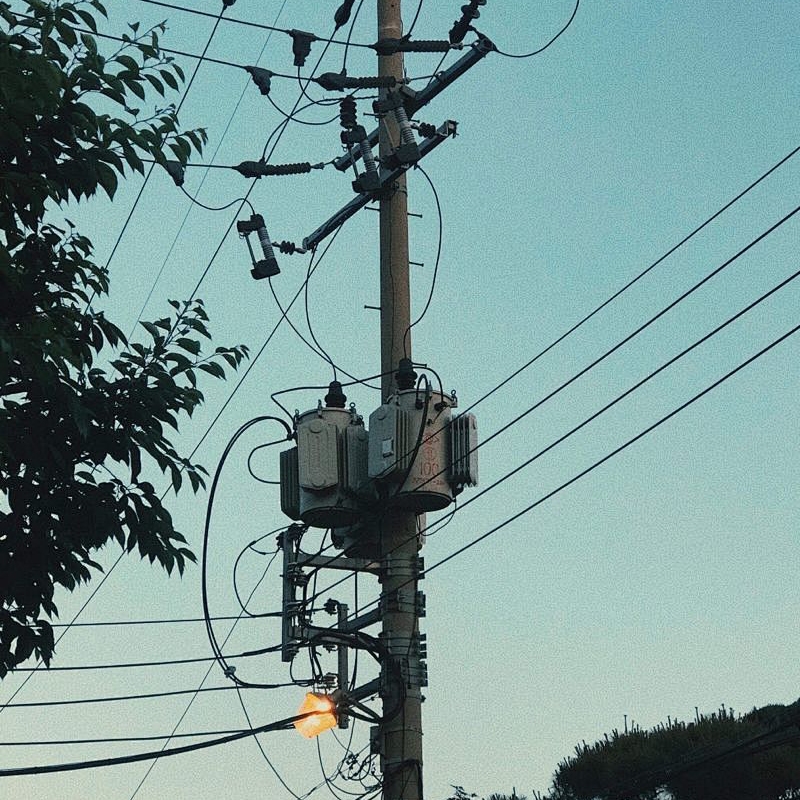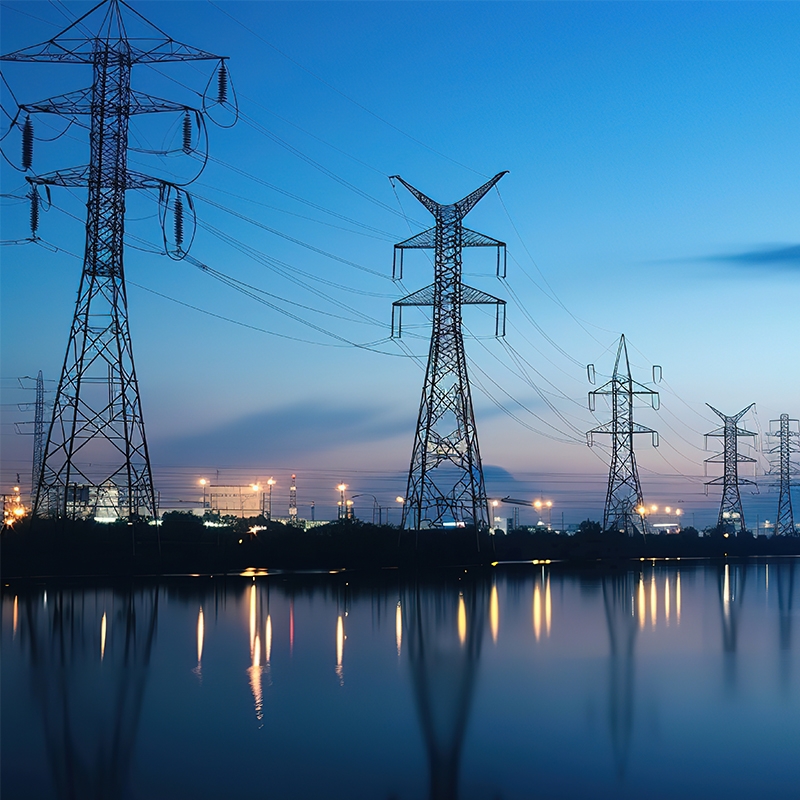Dry goods | transformer related knowledge
The transformer is a device that uses the principle of electromagnetic induction to change the AC voltage, which is mainly composed of two parts: iron core and winding.
Working principle
According to the law of electromagnetic induction, when a winding is connected to the AC power supply, there will be alternating current flowing through the winding, which will generate alternating magnetic flux in the iron core.
This alternating flux passes through another winding, creating an induced electromotive force in that winding. By changing the turn ratio of the two windings, the voltage can be increased or decreased.
For example, if the number of turns in the primary winding is N1 and the number of turns in the secondary winding is N2, when N2 is greater than N1, the transformer is a booster transformer. When N2 is less than N1, the transformer is a step-down transformer.
Main role
1. Voltage transformation
In the power system, in order to reduce the power loss during the transmission process, it is necessary to increase the voltage emitted by the generator for long-distance transmission, to the power area, and then through the transformer to reduce the voltage to the voltage level suitable for users.
2. Current transformation
According to the principle of the transformer, when the voltage is changed, the current will also change accordingly.
For some equipment that requires high or low current, the current transformation can be achieved through the transformer to meet the working requirements of the equipment.
3. Impedance transformation
In electronic circuits, in order to achieve maximum power transmission between the signal source and the load, impedance matching is required, and the transformer can play a role in converting the load impedance to the equivalent impedance suitable for the signal source.
Application scenario
1. Power system
In the entire transmission process from the power station to the user, the transformer is an indispensable key equipment for realizing the step by step transformation of voltage to ensure the efficient transmission and safe use of power.
2. Industrial field
Such as steel plants, mines, etc., need to use a variety of different voltage levels of equipment, transformers can provide suitable voltage according to the needs of different equipment, while in some industrial automation control systems, transformers are also used for signal isolation and transformation.
3. Electronic devices
Electronic equipment such as televisions, computers, and mobile phone chargers all need to convert the mains power into the low voltage required by the internal circuit of the device, and small transformers play an important role in the power conversion of these devices.
Transformer type and function
1, the transformer is divided into oil-immersed transformer and dry transformer.
2, oil-immersed transformer can be used outdoors and indoors
3, dry transformer can only be used indoors
Oil-immersed transformer
1, the whole can be used directly, the roadside is common, there is an oil level meter and refueling port.
2. Model meaning
Such as S9-630KVA / 10/0.4kV, (S9/S11/S13) the larger the number, the more new the model, the more energy saving the loss.
3. Material classification
There are all copper, half copper, half aluminum, and all aluminum, but the power supply bureau only recognizes all copper.
Dry transformer
1, the body is used to convert the voltage, often add the shell, the shell is made of cold-rolled steel plate or stainless steel, play the role of heat dissipation and temperature regulation.
2. Model example
Such as SCB10-630KVA, SCB11-630KVA, etc., 630KVA is the capacity of the transformer.




